When your usually cool, curious cat suddenly turns skittish or hides under the couch at every sound, stress may be the culprit. Whether it’s a vet visit, thunderstorm, or an unfamiliar guest, even the most confident feline can get overwhelmed. The good news? You don’t need a prescription to restore their calm. These vet-approved tips rely on gentle, proven strategies that ease tension without turning to medication. From pheromone magic to the power of routine, each method is designed to help your cat feel safe, seen, and soothed. Ready to help your feline friend find their chill? Let’s begin.
1. Synthetic Feline Pheromones
Your cat communicates through scent signals naturally, and synthetic pheromones tap into this instinctive language. Products like Feliway mimic the facial pheromones cats deposit when they feel comfortable in their surroundings.
These calming signals can be diffused throughout your home, sprayed on bedding, or applied to carriers before stressful events like vet visits. Many cat owners report seeing results within hours of use.
Veterinarians often recommend these products as a first-line approach for anxiety, especially during thunderstorms, fireworks, or when introducing new pets to the household.
2. Soothing Music or White Noise
Cats have incredibly sensitive hearing that picks up sounds we humans might not even notice. Playing soft classical music or gentle nature sounds creates a peaceful audio environment that masks startling noises from outside.
Research has shown that certain musical compositions—particularly those with slow tempos and simple melodies—can lower heart rates in anxious cats. Some pet parents leave a small radio or sound machine running when they’re away.
For maximum effect, keep the volume low and consistent, creating a gentle audio bubble of protection around your nervous kitty.
3. Cozy Hideaway Retreats
Wild cats seek enclosed spaces when they feel threatened, and your house cat has the same instinct. Creating multiple hiding spots throughout your home gives your anxious kitty options to decompress when feeling overwhelmed.
The perfect hideaway doesn’t need to be fancy—a cardboard box with a soft blanket, a covered cat bed, or even a partially enclosed shelf can work wonders.
The key is providing a space where your cat feels both hidden and able to observe surroundings. Place these retreats in quiet areas away from household traffic but still within social spaces so your cat doesn’t feel isolated.
4. Gentle Head and Chin Scratches
Nothing beats the healing power of a loving touch from a trusted human. When your cat is receptive to interaction, slow and gentle scratches under the chin or behind the ears release feel-good endorphins that naturally combat stress.
Watch your cat’s body language carefully—a relaxed posture, slow blinks, and light purring indicate they’re enjoying the attention. If they tense up or walk away, respect their space and try again later.
Many veterinary behaviorists recommend keeping petting sessions short but frequent, allowing your cat to set the pace and duration of physical contact.
5. The Power of Slow Blinking
Cat behaviorists call it the “kitty kiss”—that slow, deliberate blink cats give when they’re feeling safe and content. This subtle communication technique is remarkably effective for building trust with anxious cats.
When your cat seems stressed, sit nearby without staring directly at them. Occasionally catch their eye and slowly close your eyes for a second or two before opening them again.
Many cats will eventually return this gesture, signaling they’re beginning to relax. This technique works because in cat language, closing eyes around another creature shows profound trust—essentially saying, “I feel safe enough to be vulnerable with you.”
6. Interactive Play Sessions
A stressed cat often carries pent-up energy that needs healthy release. Short, engaging play sessions with wand toys, feathers, or puzzle feeders tap into your cat’s natural hunting instincts while redirecting nervous energy.
The magic happens when play mimics the hunt-catch-kill sequence cats crave. Let them stalk, pounce, and eventually “catch” their toy, followed by a small treat to complete the satisfaction cycle.
Veterinary behaviorists recommend two or three 5-minute play sessions daily rather than one long session. This routine helps anxious cats establish predictable outlets for stress while strengthening your bond.
7. Elevated Resting Perches
Height equals safety in the feline world. A stressed cat instinctively seeks higher ground to survey potential threats while feeling protected from harm.
Cat trees, window perches, or secured shelving creates vertical territory that dramatically expands your cat’s confidence. The ideal setup offers multiple levels so your cat can choose different heights based on their anxiety level.
For maximum calming effect, place these elevated spots near windows where your cat can watch birds or nature, but also in quieter areas away from household commotion. Some cats prefer perches with partial enclosure that combines height with the security of a hideaway.
8. Predictable Daily Routines
Cats thrive on consistency—knowing exactly when meals, playtime, and cuddle sessions happen provides tremendous psychological comfort. A stressed cat often relaxes when life becomes predictable.
Create a simple schedule where major activities happen at roughly the same time each day. Even feeding your cat within the same 30-minute window can reduce anxiety-related behaviors like excessive meowing or pacing.
During major household changes like moves or renovations, try to maintain as much of your cat’s routine as possible. This familiar structure becomes their emotional anchor when everything else feels chaotic and frightening.
9. Creating a Peaceful Environment
Cats have extraordinarily sensitive senses that can be overwhelmed by stimuli we barely notice. Reducing environmental stressors creates a sanctuary where anxious cats can gradually rebuild confidence.
Consider your home from your cat’s perspective—loud televisions, arguing voices, or the rumble of appliances can trigger fight-or-flight responses. Creating a designated quiet zone with minimal traffic and noise gives your stressed cat a reliable retreat.
Some cats respond well to subtle adjustments like keeping curtains partially drawn to reduce visual stimulation or using draft stoppers to prevent startling under-door movements that trigger predatory anxiety.

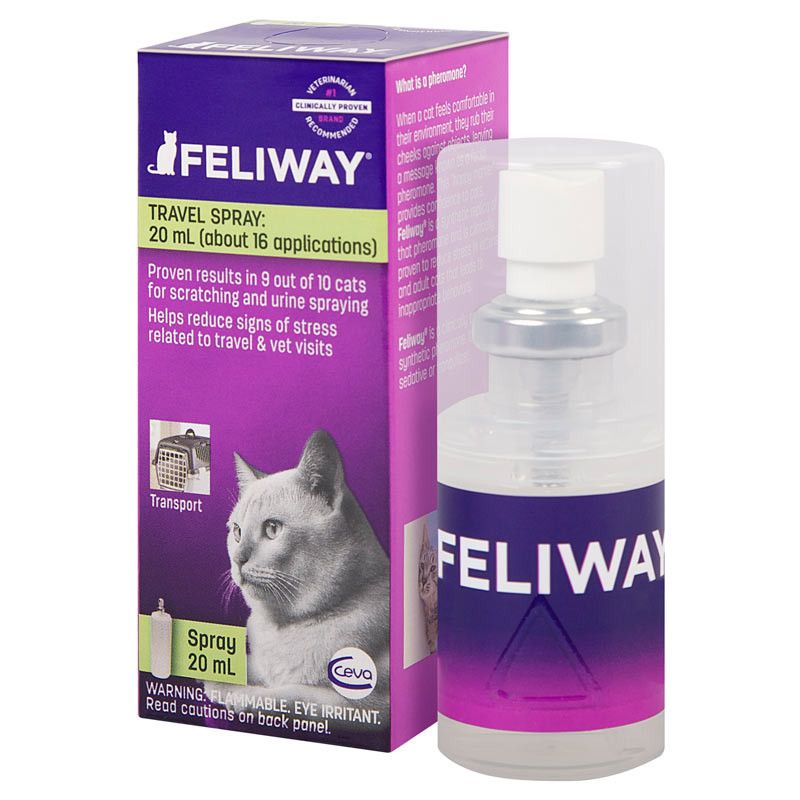
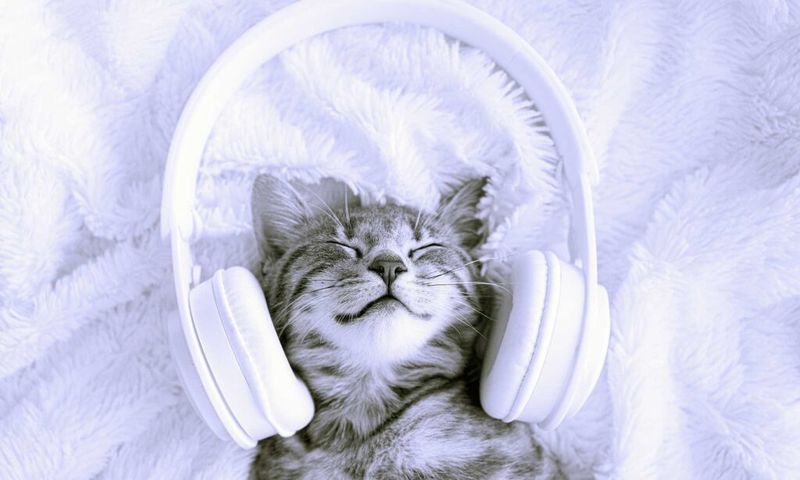
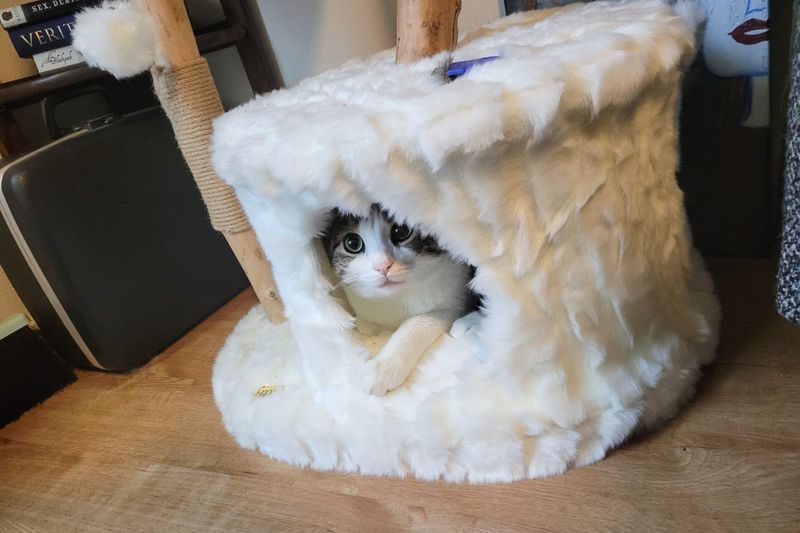
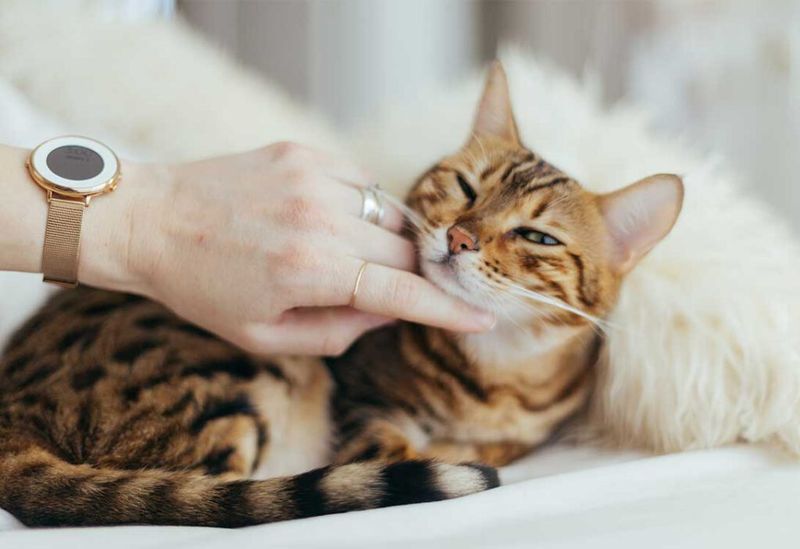
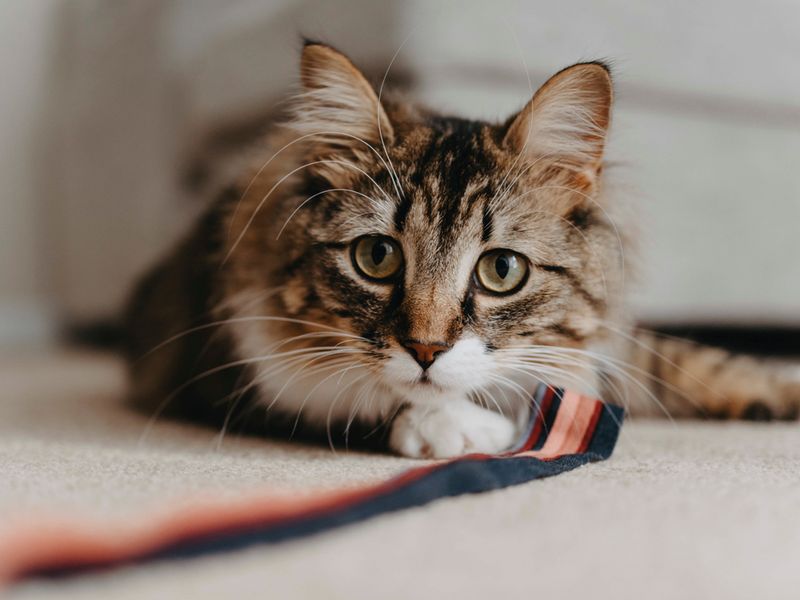
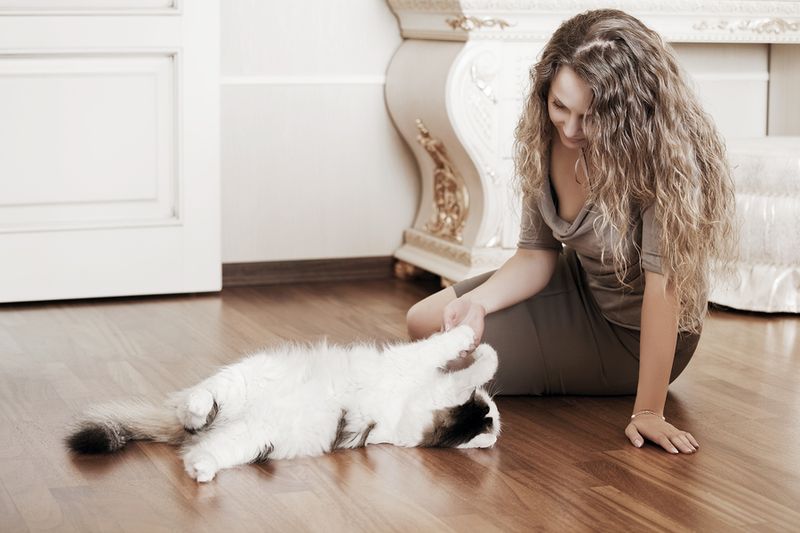
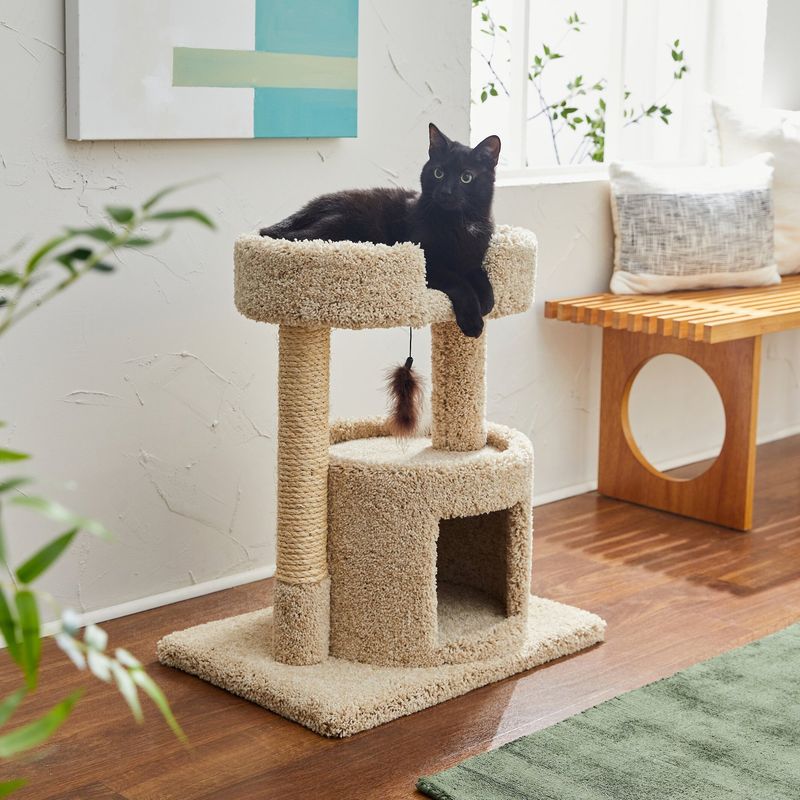
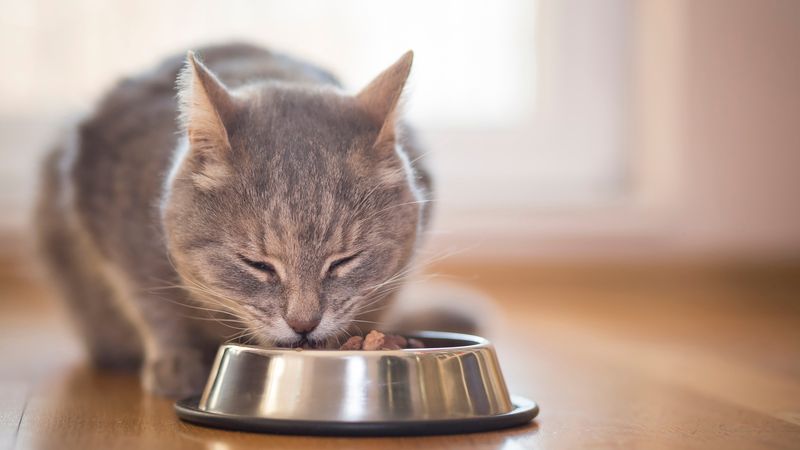
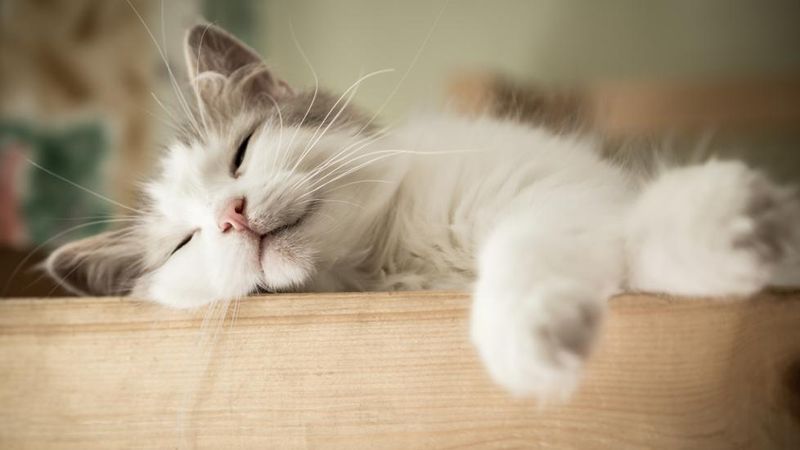
Comments
Loading…